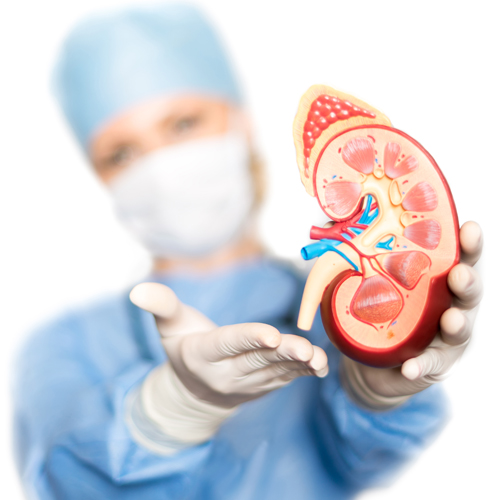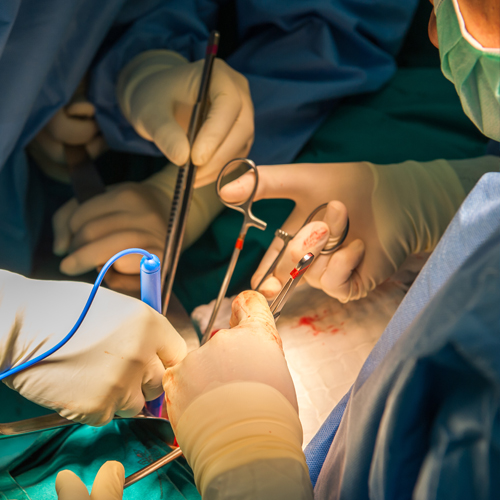Kidneys are two bean-shaped organs –about the size of a fist – that are located on either side of the spine in the middle-to-lower back. They have three main roles:
- Make the hormone erythropoietin that controls the production of red blood cells in the bone marrow
- Filter waste from the blood and make urine
- Help regulate blood pressure






